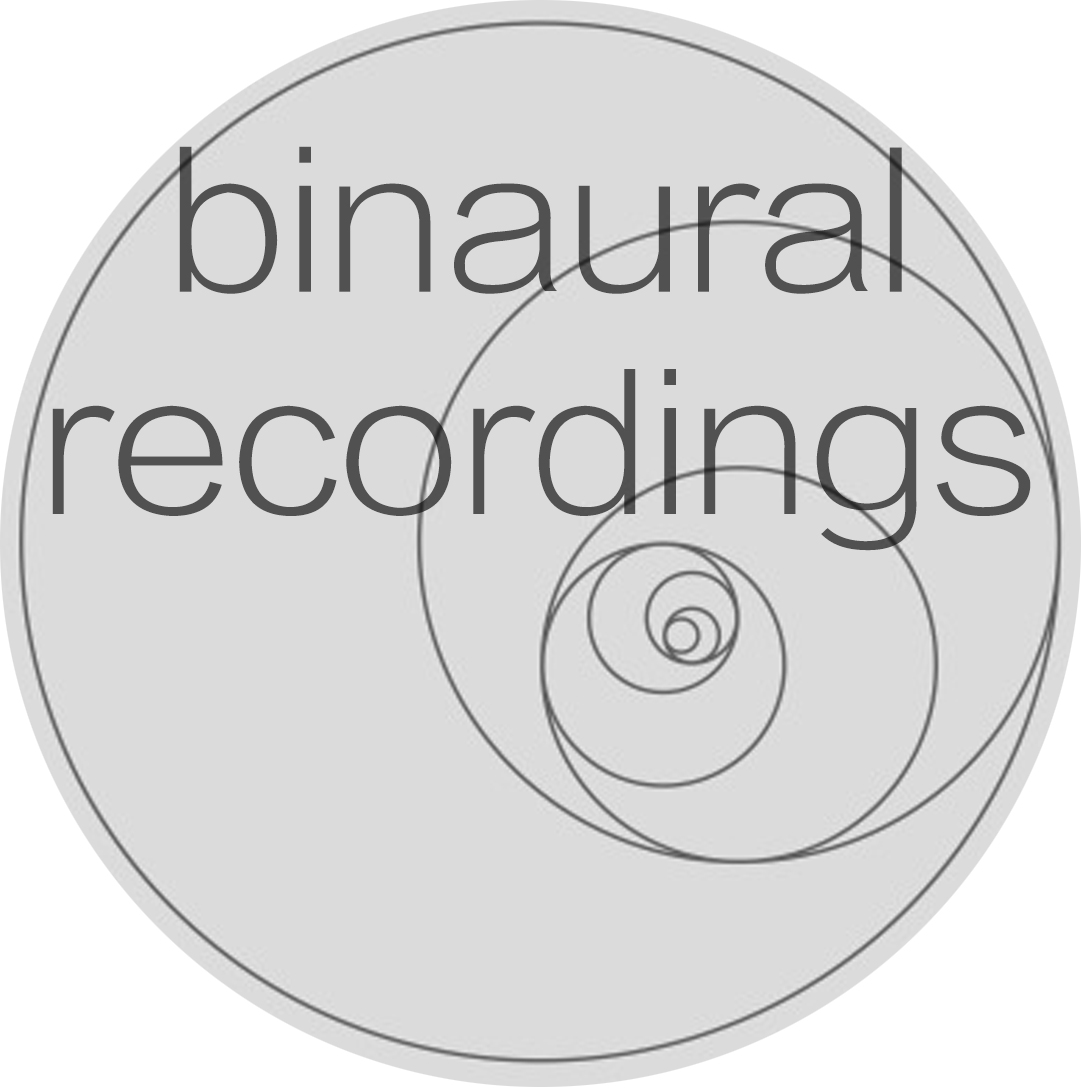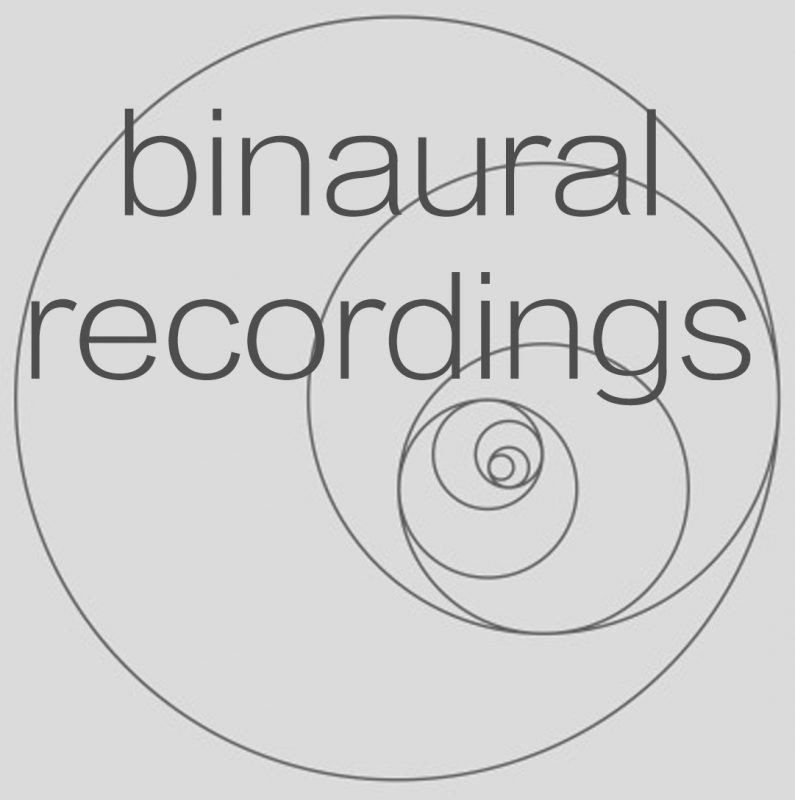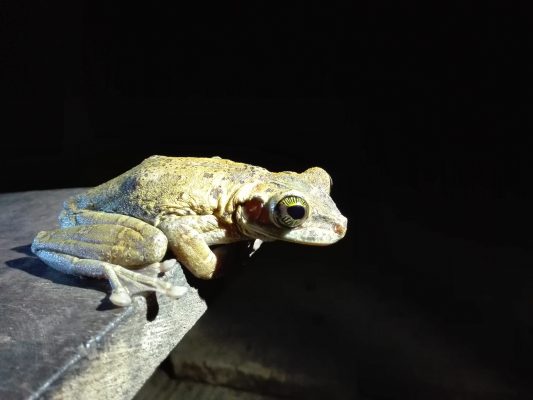Peru is a multiethnic country of huge biodiversity and different geographic zones. Many associate it with the highlands of the Andes, the colorful handcrafted dresses of old Quechua women made of alpacas fur, the Incas, Machu Picchu or the Titicaca lake. But Peru has much more to offer. It is made up of three regions, la Costa (coast), la Sierra (highlands) and la Selva (jungle).
These geographic zones run from north to south across the country; the Andes mountains separate the deserts on the Pacific coast in the West from the Amazon basin in the East.
I was determined to cross the mountains of Peru and continue traveling along the Amazon river by boat.
PACAYA SAMIRIA NATIONAL RESERVE
The largest natural reserve in Peru is called Pacaya-Samiria and has some of the densest wildlife in the world. The reserve is less popular than others e.g in Brasil due to its limited accessibility. It can be accessed from two different locations. The majority fly to Iquitos, book an overpriced tour and access the National Reserve from the north. The other option for the adventurous is to get into the park from the west at the little town Lagunas, which lies on the bank of the Huallaga river which later emerges into the Amazon River.
The only way to reach Lagunas is by boat. The route involves traveling overland to Tarapoto, continuing to Yurimaguas and taking a slow or speedboat to Lagunas. After visiting the park, you can continue your journey with a boat to Iquitos.
When I was in Tarapoto I met an American who was traveling from the opposite direction. He had only good things to say about the owner of the Tourist Association Acatupel, Marita in Lagunas and was enthusiastic by the tours she offered and the hospitality and care she had shown him.
I met a girl, we became friends and decided to go together to Lagunas and book a tour with this Association. We called the owner, made the arrangements and took a boat to the town.
LAGUNAS
Lagunas is a very special place. It has dusty, dirt roads and electricity is produced by generators running from 6 to 9 am and from 5 to 11 pm. At exactly 5 pm all televisions, radios, and music systems are turned on simultaneously and the air gets filled with music, the sound of voices, and electric hum. At 11 am sharp all lights in the village are switched off and all sounds go quiet. There are enough cheap but cozy hostels and everything else you might need. The village has also two bars, one with a swimming pool and it is recommended to plan some extra days to stay there and spend some time with the locals.
I became friends with the owner and family of the Tourist Agency and spent some unforgettable days with them after the tour.
THE AMAZON JUNGLE
As we arrived in Lagunas we went to Acatupel to arrange the details of the tour. I asked for the longest possible tour and booked a canoe journey for 12 days. There I met Reyner, a young guide a member of the family whom I instantly liked and he agreed to be my guide. We arranged to start the next day in the morning. The route was scheduled as follows; paddling for five days along tributary streams to lake Pacho Cocha located in the midst of the National Reserve and seven days back. My friend booked a shorter tour and we started together with two canoes and two guides.
The stream was narrow at the beginning, the vegetation lush and we saw plenty of birds. We reached our first camp before sunset. This one was a regular house and there were several other people. The organization was very good and our guides were very knowledgeable. The only downside was that my guide didn’t speak much English and my Spanish was bad. But despite the initial difficulties of communication he managed to explain me many things in a very simple and understandable way and my Spanish improved rapidly the next days.
On the second day, we saw a lot of parrots, a sloth, amazon dolphins for the first time, turtles, plenty of birds, and we made a stop in the midday and went for a swim since this was the last opportunity to safely swim in the river water. In the night we slept in a regular shelter again.
On the third day, I had to separate from my friend because she was taking the way back.
By then nature had changed, the river was wider, the flow slower and moving forward more difficult. The vegetation was tremendously dense, large trees growing along the course of the river that seemed to reach the sky, with parasitic exotic orchids growing off the trunks. The water was a true fishing heaven and Reyner taught me to fish with a spear. Fish was our protein source; the most delicious one was Ararahuazu, a flat fish with red dots, and we caught some Motas too (a type of catfish). I had been recording all days long, wearing my binaural microphones in my ears and I had a small solar panel with me with which I was reloading my battery pack and Reyner his phone for listening occasionally to some uplifting Cumbias.
That day was tough because it was raining all day long but I was starting to get used to the rough conditions. From there on there were no regular stations except from an outpost and we would need to camp next to the river bed at night. We were paddling for hours, the rain didn’t want to stop and shortly before dawn, we reached an elevated spot where we set our camp and that provided us with safety from caimans having bad ideas. The ground was a dark thick carpet of leaves with ferns, mosses, and plants. By heavy rain we set up our shelter in a hurry; a groundsheet, two mattresses covered by a mosquito net building hermetically sealed rectangular prisms, and a large tarp on the top building an angular roof.
We made fire, cooked and sit next to the campfire half naked, sharing and puffing on the only cigar we had, surrounded by the mystical darkness of the rainforest. This became a ritual between us. Since I hadn’t taken many cigarettes with me, to force myself to quit smoking, they run out the second day. On some days we were lucky enough to cross over another canoe of people from the “Comunidad”, a community of indigenous peoples living in the jungle. I then cadged a Mapacho, a strong hand-rolled cigar, which we then pleasurably puffed together in the nights before going to bed.
After that, we crawled to our cozy cocoon, leaving out all the annoying mosquitoes and leeches. I spent some time writing down the new names, descriptions of the animals, stories Reyner told me and incidents of the day and put on my mics to enjoy the beautiful night chorus of the insects.
Later on, I fixed the mics to the mosquito net to continue recording over the night and went to sleep. You can listen to some night recordings on the Album. The majority of the night recordings are not suitable for publishing, because of our snoring. One night we also got a visit from animals, I assume herbivorous judging by their chewing. I am glad I was in the land of dreams at those moments but microphones never lie.
On the fourth day, we stopped by Estefan, a ranger on the very last outpost. He was visibly happy to see people, and we stayed there overnight. This outpost was a simple roofed platform and the rangers going there stay for a month. A small radio for entertainment and a radio telephone for emergencies were the only connections Estefan had to the outside world. He showed me how to fish piranhas. The outpost was on a hill at the confluence of two rivers; the river we came from and a narrow black-water stream leading to the Lake. The rainstorm recording on the Album has been taken there.
On the fifth day, we made our way to the final destination. Reyner had told me that we may not be able to reach it because of the low level of water. The river was overgrown by mangroves and It was fun to push the canoe over the mangroves, inhabited by hundreds of little red spiders. The mangroves became so dense, that you could almost stand on them without sinking in the water. After several hours struggling, we finally made it the Lake. I have no words to describe the beauty of this place; an endless liquid mirror of clouds and reeds as far as the eye could reach.
This place hasn’t always been such a paradise. Reyner told me a story. Years ago there was an oil platform on the lake. The workers used to be flown on site by helicopters, the water was heavily contaminated. Additionally, century-old trees were cut down and the wood was transported back to civilization over the waterway. Back then, most people who now live in Lagunas were part of the Comunidad living in the jungle. They fought against the oil and logging corporations and managed to chase them away. Within just a few decades nature recovered, animals repopulated the area and now the river water is so clean that you can directly drink from it.
We often encountered caimans, dolphins, and arapaimas. Once I was scared to death by a huge electric eel, a monster with a huge orange head and tiny eyes that appeared right next to my paddle. Their current strength can even kill a caiman.
I broke my paddle, thank God Estefan could fix it provisionally on the way back.
On the seventh day, we came upon giant otters and I made some marvelous recordings.
Once we stopped at the shore and went into the jungle. Led by their sounds we run into yellow-tailed woolly monkeys that made extreme noise moving over the canopy and dropping down fruits and branches on our heads. The recording is also on the Album. Reyner could always clearly identify any animal by its sound and knew everything about the flora and fauna. If I am not mistaken he had been living in the jungle for sixteen years before moving to Lagunas.
On the seventh day, we decided to change our strategy. We wanted to enjoy a cold beer as soon as possible and decided to increase our tempo to reach Lagunas two days earlier. By then my paddling technique had markedly improved and I could help Reyner more to move forward. To manage to get back in ten days, which was more difficult since we were moving against the current, we decided to rest during the day and paddle the nights to avoid the heat.
I will never forget the nights in the river, surrounded by hundreds of eyes of moths, bats, caimans and flying glowworms. Headlamps on our heads, one beaming the left, one the right side of the river, always monitoring and keeping a distance from the orange eyes of the caimans, pulling forwards silently with sharpened senses in a condition of trance triggered by fatigue and adrenalin accompanied by the chorus of the night.
Towards the end we were running lower on supplies, our meals were reduced to fish and we were drinking sugared river water with lemons and chewed sugarcanes.
We actually made it and reached the entry point on the tenth day. I stayed in Lagunas for a couple of days drinking a lot of beers with Reyner and the family and left my friends with a warm feeling of gratitude.
I had about 30 hours of recordings on tape and it would take me more than two years to find the time to work through all of them.
Now, when I look back to this amazing time and after being in the rainforests of southeast Asia for nine months, I must confess that I have never found another place of such wilderness and beauty ever since.
This is the story behind the Album ‘The Amazon Jungle’. I hope you enjoyed reading!
[responsivevoice_button voice=”UK English Female” buttontext=”Listen to Post”]


